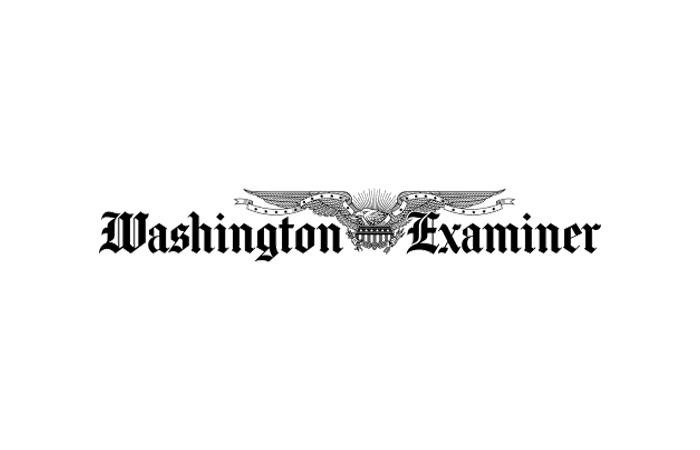BY BRUCE THOMPSON
This column first appeared in the Washington Examiner:
The economic recovery is stalling. The jobs report was well below expectations, consumer confidence is falling, and Wall Street is revising the outlook for economic growth downward. Goldman Sachs forecasts “a harder path ahead.”
Now is not the time to raise taxes. Now is not the time to borrow more money from the future.
Sen. Joe Manchin has wisely urged his Democratic colleagues to pause before passing another multi-trillion-dollar tax and spending plan. The senator correctly points out the growing uncertainties facing the economy amid the pandemic, inflation, and growing debt. Members of Congress need only read the Biden administration’s Mid-Session Review of the Budget, submitted to Congress on Aug. 27. The report , which has received little media attention, notes that “the economy is still coping with and recovering from an unprecedented economic shock” and warns that “a large range of uncertainty” is facing the economy.
A number of developments noted in the Mid-Session Review reinforce Manchin’s call to pause.
First, the Biden administration has revised its inflation forecast for consumer price increases from 2.0% to 4.8%, a 140% increase. Many other private forecasters, including the Blue Chip consensus, are forecasting even higher inflation.
Second, the administration is now projecting that interest on the national debt will cost taxpayers $1.02 trillion more than it projected in May, primarily due to higher interest rates and higher inflation. At least one-third of these interest payments will go to foreign debt holders.
Third, the administration is now forecasting that total federal revenues will be $2.867 trillion higher than the level it projected in May. That number includes $314 billion in higher corporate tax revenues. Why do we need to raise taxes if federal revenues are increasing so much?
Countries are reducing, not raising, their corporate rates to gain a competitive advantage. Just this year, France reduced its rate to 25% and Sweden reduced its rate to 20%. That means the combined U.S. rate of 29.5% would be nearly 50% higher than Sweden’s rate.
Let’s have a little more common sense from Congress.
Bruce Thompson was a U.S. Senate aide, the assistant secretary of the Treasury for legislative affairs, and the director of government relations for Merrill Lynch for 22 years.

